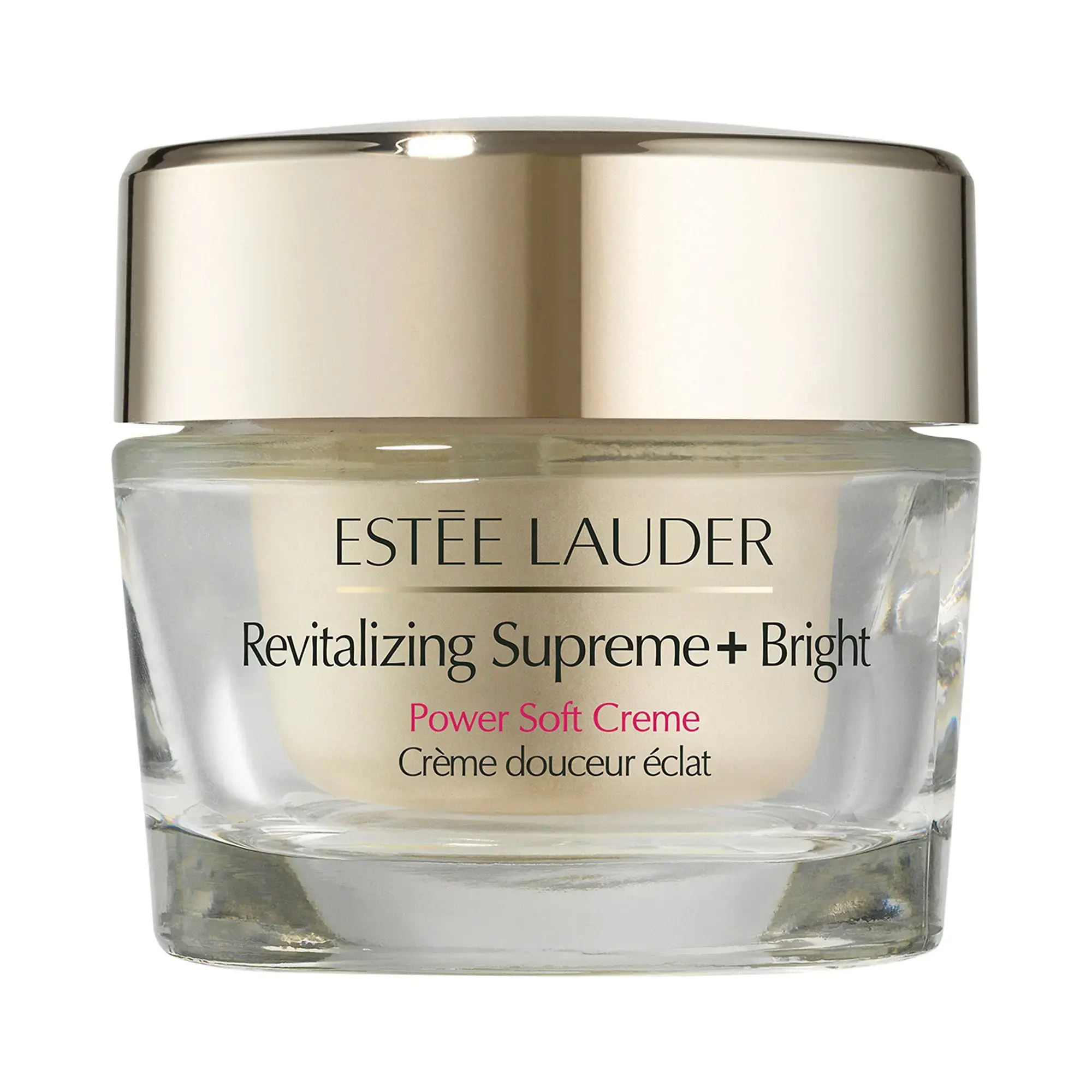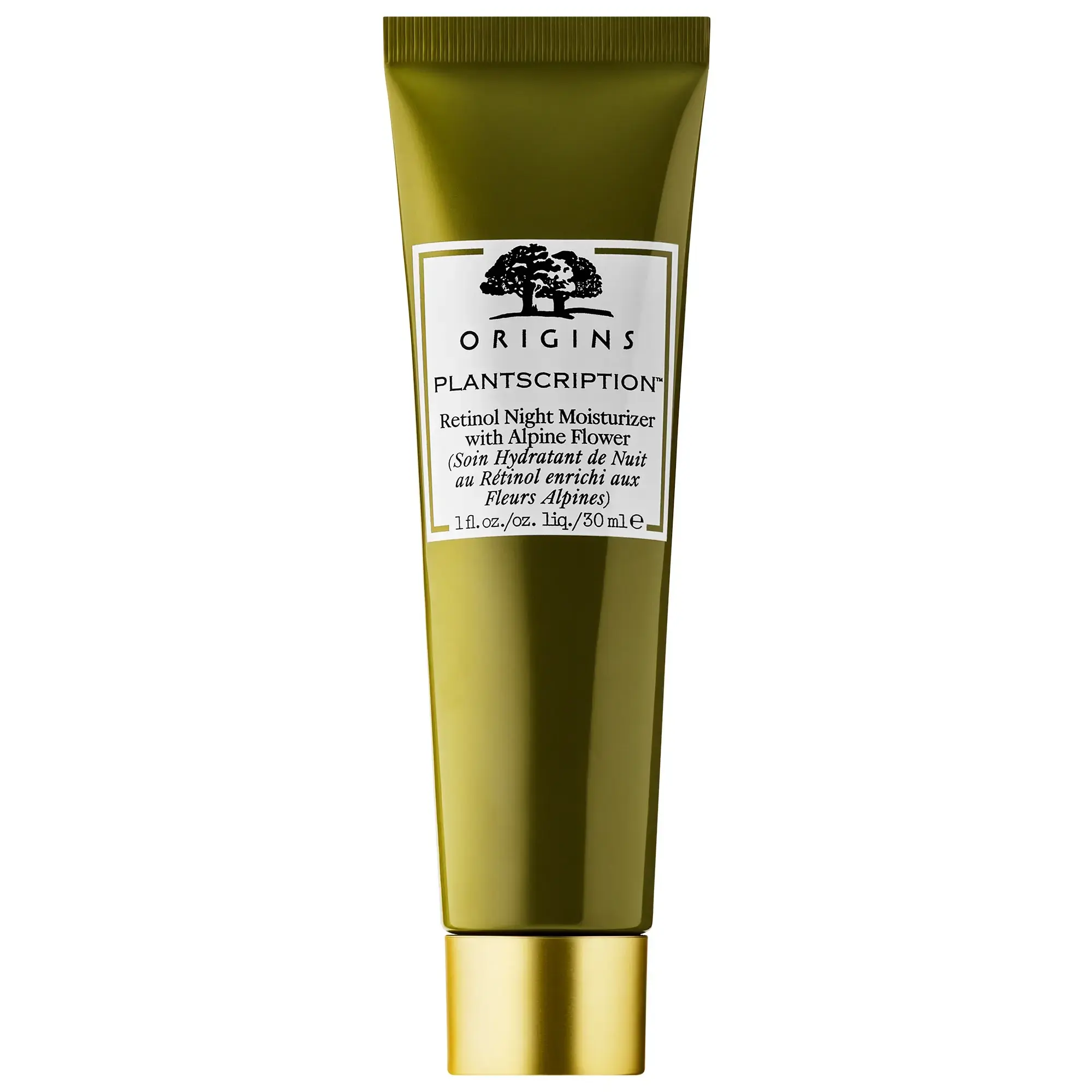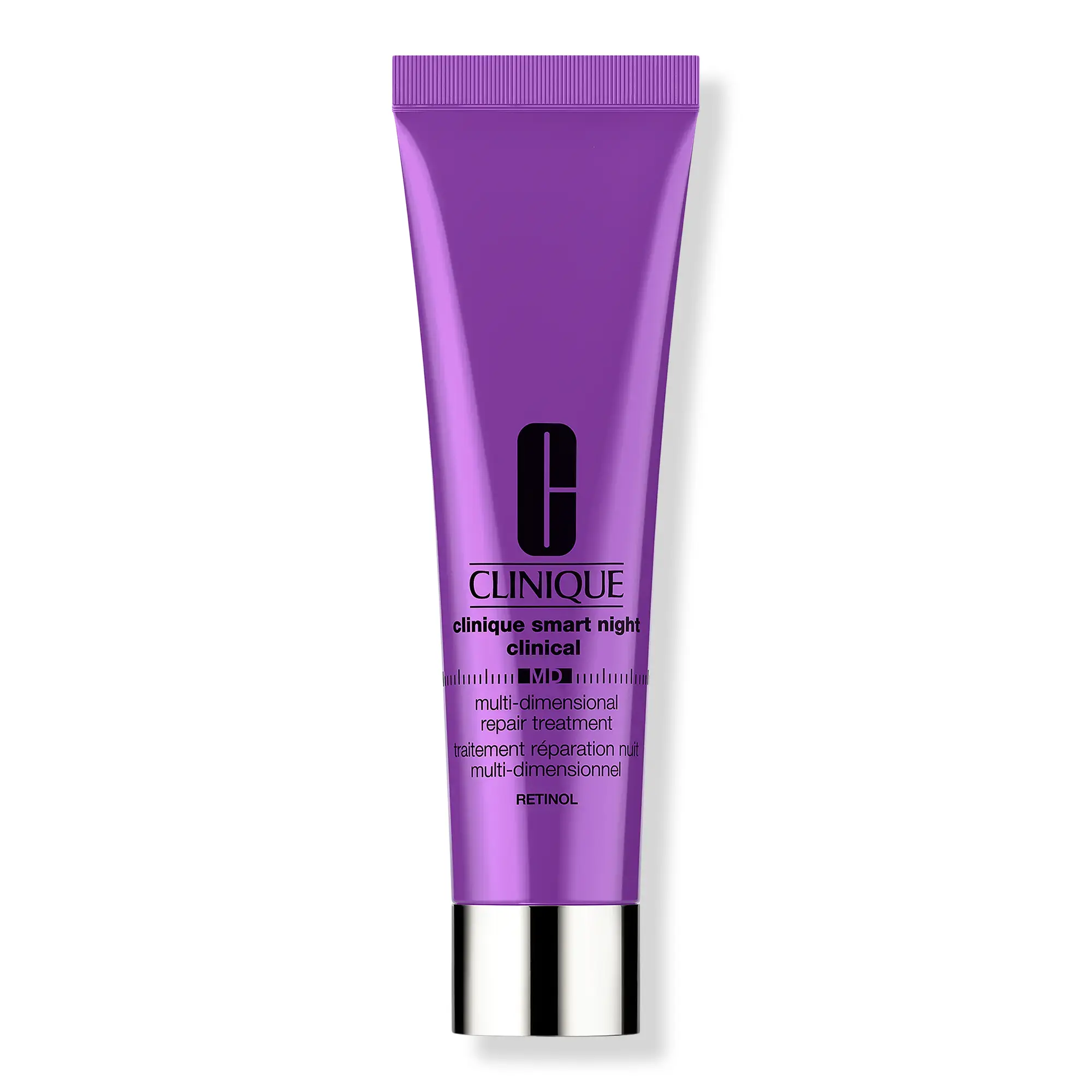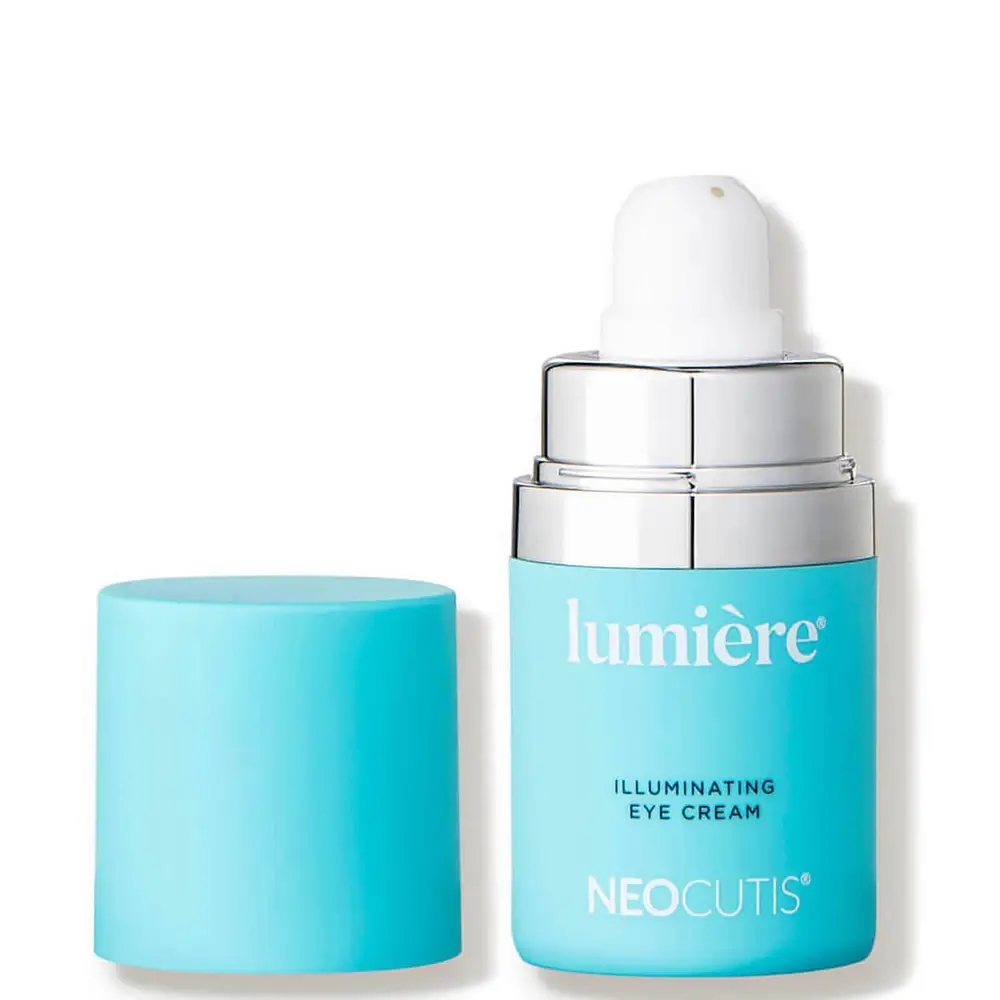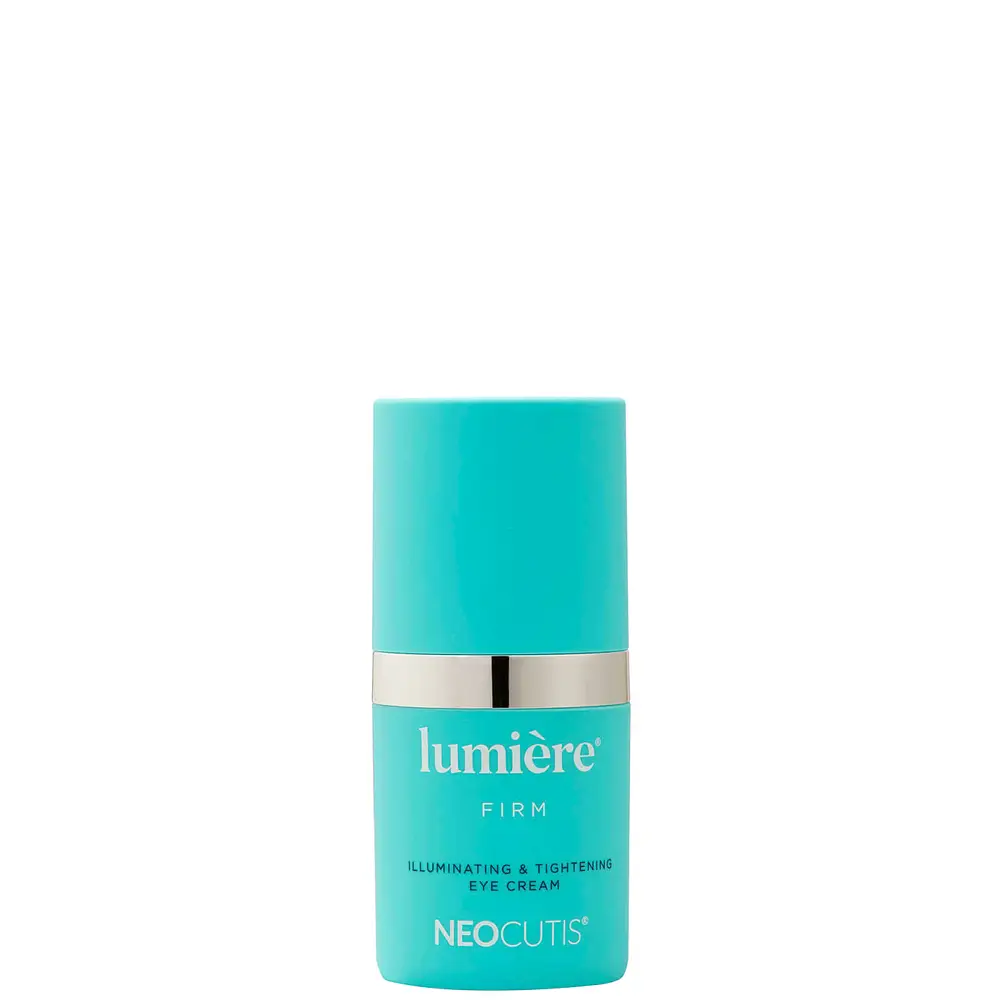Products Scan Our science '%20fill='black'/%3e%3c/svg%3e)
Skincare 
Bath & Body 
Make up 
Trending 
Skincare
Moisturizers
Treatments
Cleansers
Eye Care
Bath & Body
Make up

C12-20 Acid PEG-8 Ester is a complex name for a simple ingredient that's a staple in many skincare and cosmetic products. This component doesn't occur naturally but is the result of meticulous synthetic formulation in the chemistry lab.
This compound is a waxy substance with a white to off-white color. The consistency of C12-20 Acid PEG-8 Ester, combined with its stability and neutral odor, makes it an ideal ingredient for a variety of personal care products.
The 'C12-20' refers to the chain length of the fatty acids, while the 'PEG-8' denotes the average number of ethylene glycol units in the molecule. In simpler terms, C12-20 Acid PEG-8 Ester is a thick, waxy substance derived from the combination of certain fatty acids and polyethylene glycols.
When it comes to the role of C12-20 Acid PEG-8 Ester in skin care, it's like the glue that holds everything together. This compound is a known emulsifier, which means it helps combine ingredients that would typically prefer to stay apart, such as oil and water. This allows for a consistent, stable texture in creams, lotions, and other similar products.
In addition to acting as an emulsifier, C12-20 Acid PEG-8 Ester contributes to the overall sensory experience of the skincare product. It imparts a smooth, creamy feel, enhancing the application process and leaving the skin feeling well-cared-for.
You can find C12-20 Acid PEG-8 Ester in cosmetics ranging from moisturizers and sunscreens to color cosmetics, highlighting its broad utility in the industry.
Navigating the safety profiles of cosmetic ingredients can seem daunting, but let's delve into what the experts say about C12-20 Acid PEG-8 Ester. The Cosmetic Ingredient Review (CIR), an independent panel that reviews the safety of cosmetic ingredients, considers C12-20 Acid PEG-8 Ester as generally safe when formulated to avoid skin irritation.
In conclusion, C12-20 Acid PEG-8 Ester is a valuable and safe ingredient in cosmetics, contributing to the product's stability and user experience.
